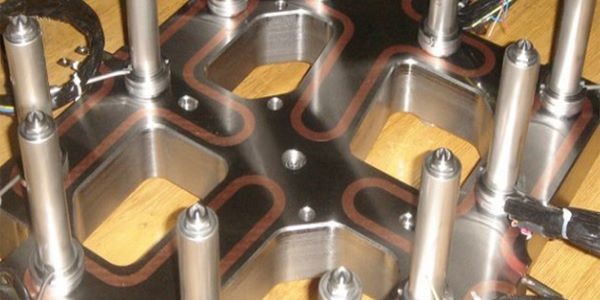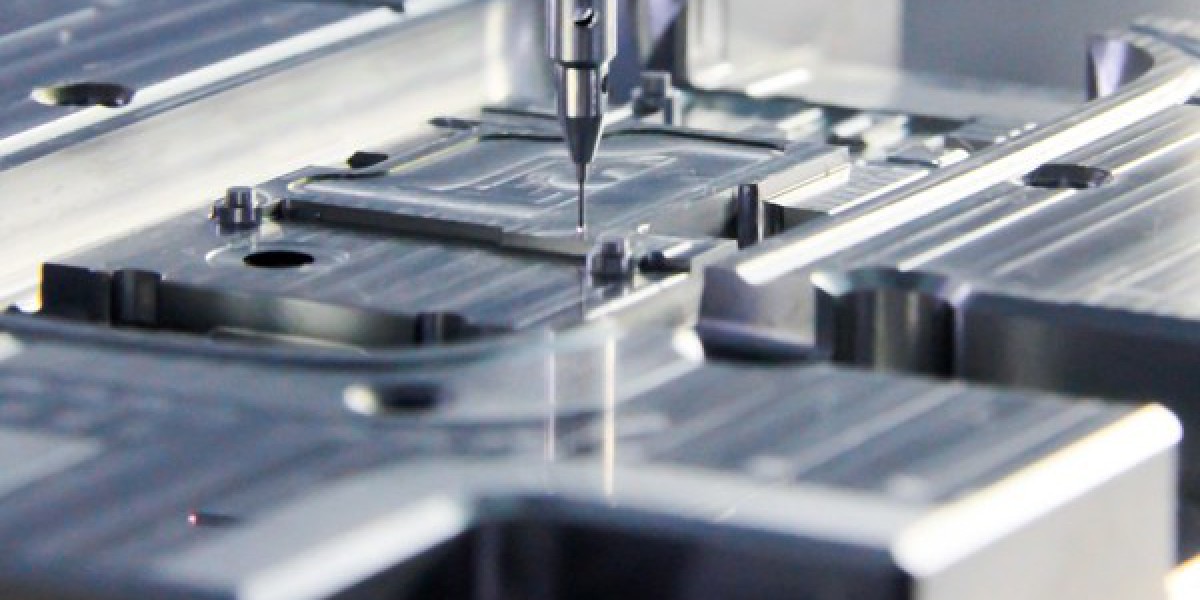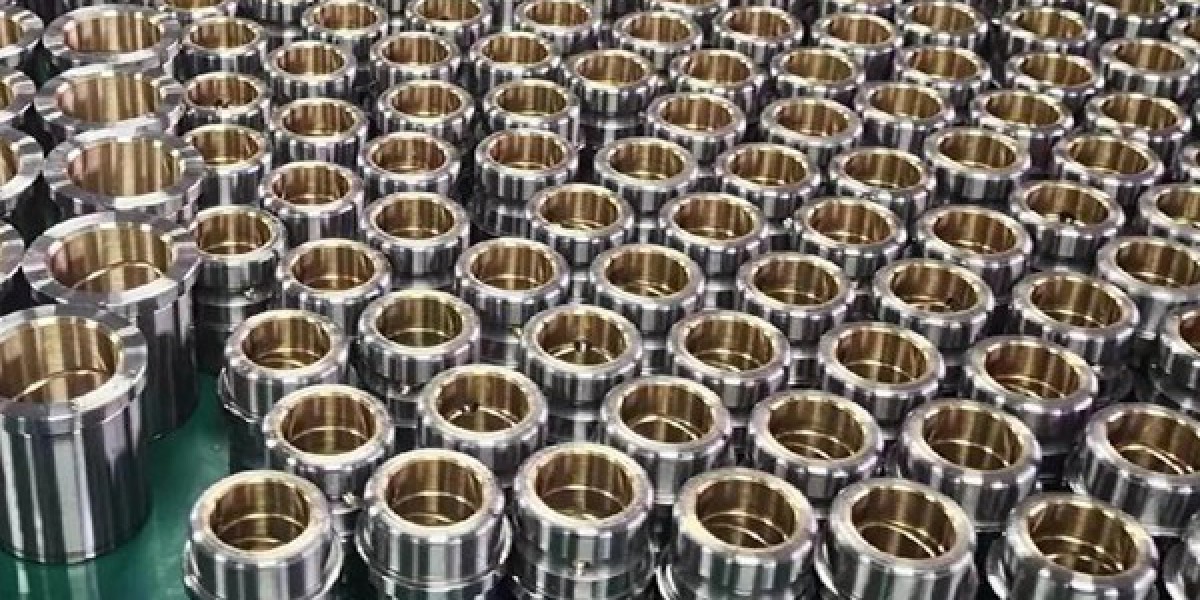The manufacture of traditional molds usually relies on a series of mature processes such as cutting, forging, and casting. This process is quite complicated, covering careful design, material preparation, multiple fine processing procedures, and strict quality inspection. Its advantage lies in the highly mature technology, which can show excellent high precision and stable performance in large-scale production. Traditional molds have a wide range of material choices, from common metals to various types of engineering plastics, with good cost control, and are especially suitable for the production of large quantities of standardized products. However, its disadvantages cannot be ignored. The design and manufacturing cycle is long, the mold opening cost is high, the flexibility is poor when facing new product development and small-batch production, and it is difficult to manufacture complex shapes and internal structures.
3D printing technology is characterized by its ability to quickly and flexibly produce extremely complex shapes and internal structures. 3D printing has obvious advantages for products with strong personalized needs, small batch production, or unique shapes and complex internal structures. For example, in the manufacture of some cutting-edge medical devices, creative art design products, and industrial parts customized for specific customers, 3D printing can accurately realize design ideas. In addition, 3D printing does not require mold opening, can quickly respond to changes in market demand, and greatly shorten the product development cycle. However, 3D printing also has some shortcomings, such as the relatively limited types of printing materials currently available, some of which are not as good as traditional mold materials, and the cost of 3D printing equipment is relatively high. The unit cost is higher than that of traditional molds in large-scale production, and production efficiency needs to be improved.
In terms of cost considerations, for large-scale, long-term continuous production, traditional molds usually have lower mold costs per unit product due to economies of scale and mature processes. However, in the new product development stage, small-batch production or personalized customization, 3D printing does not require high mold building costs and long pre-preparation time, and may be more attractive from an overall cost perspective.
In terms of precision control, traditional molds have accumulated rich and mature experience and technical means of precision control through long-term practice and technical improvement. Nevertheless, with the continuous development of 3D printing technology, its precision continues to improve, gradually narrowing the gap in precision with traditional molds, and in some specific application scenarios, it can even surpass the precision level of traditional molds.
In summary, traditional molds have significant advantages in large-scale, standardized mass production, while 3D printing performs well in complex shape construction, small batch customization, and rapid response to market changes. In actual production applications, companies and manufacturers should comprehensively consider factors such as product demand, production scale, cost budget, and time requirements, and wisely choose the most appropriate mold type to achieve the best production effect and economic benefits, and promote the continuous development of the manufacturing industry.




